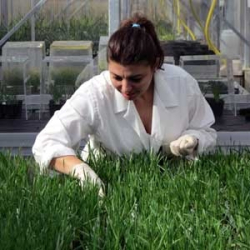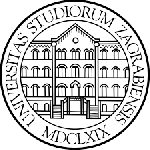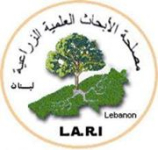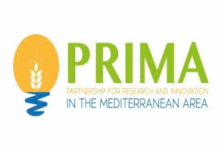ABOUT US
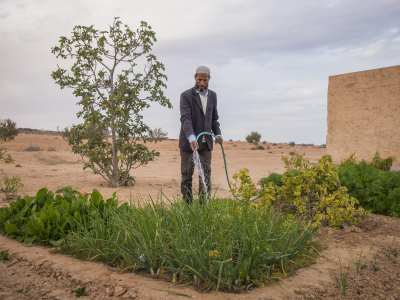
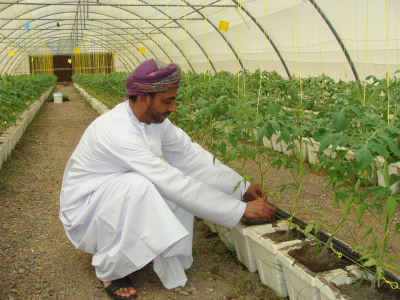
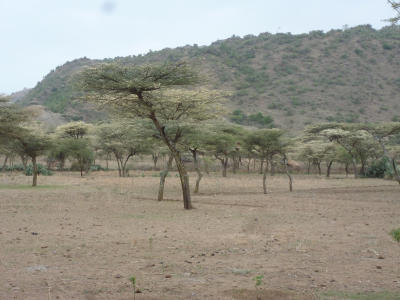
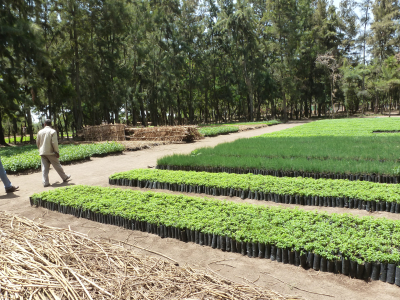
The main objective of this project is to put forward an international and well-integrated plan to valorize the legume agrobiodiversity of the Mediterranean in biodiversity-based farming systems and consequently enhance agro-ecosystem functions and services in the Mediterranean basin. The successful completion of LEGU-MED will have the following impacts on Mediterranean legume-based farming systems: 1) improve water use efficiency, 2) reduce the use of anthropogenic inputs through the maintenance of soil fertility, 3) enhance pollination and improve ecological connectivity with flora and fauna, 4) protect close-by wildland ecosystems, 5) enhance other ecosystem services (e.g. pest, disease, and weed suppression), and 6) provide healthier and safer protein-rich food.



